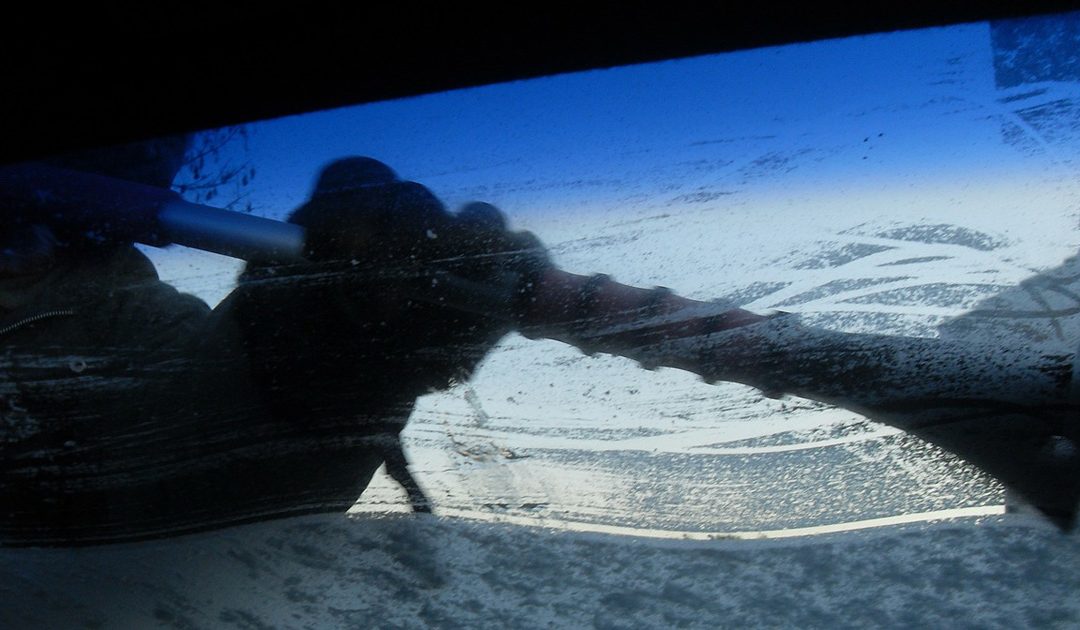
Warming Your Car During The Winter
– By ANewDriver
Warming up your car during the winter? Is warming up your car in the cold useful or does it harm the engine? Learn more about it.
Warming Your Car During The Winter is the common wisdom is that when you are gearing up to take your car out in the cold and possibly snow, you should step outside, start up your engine, and let it idle to warm up. But contrary to popular belief, this does not prolong the life of your engine; in fact, it may decrease it by stripping oil away from the engine’s cylinders and pistons.
When your engine is cold, petrol is less likely to evaporate and create the correct ratio of air and vaporised fuel for combustion. Modern engines with electronic fuel injection have sensors that compensate for the cold by pumping more gasoline into the mixture. The engine continues to run rich in this way until it heats up to about 4 or 5 degrees Celsius.

Of course, hopping into your car and gunning it straightaway will put unnecessary strain on your engine. It takes 5 to 15 minutes for your engine to warm up, so take it nice and easy for the first part of your drive.
The long-held notion that you should let your car idle in the cold is only true for vehicles carburettor engines. Warming up your car before driving is a leftover practice from a time when carbureted engines dominated the roads, in the 70’s and 80’s. Carburetors mix gasoline and air to make vaporised fuel to run an engine, but they don’t have sensors that tweak the amount of gasoline when it’s cold out. As a result, you have to let older cars warm up before driving or they will stall out. But it’s been about 30 years since carbureted engines were common in cars.
